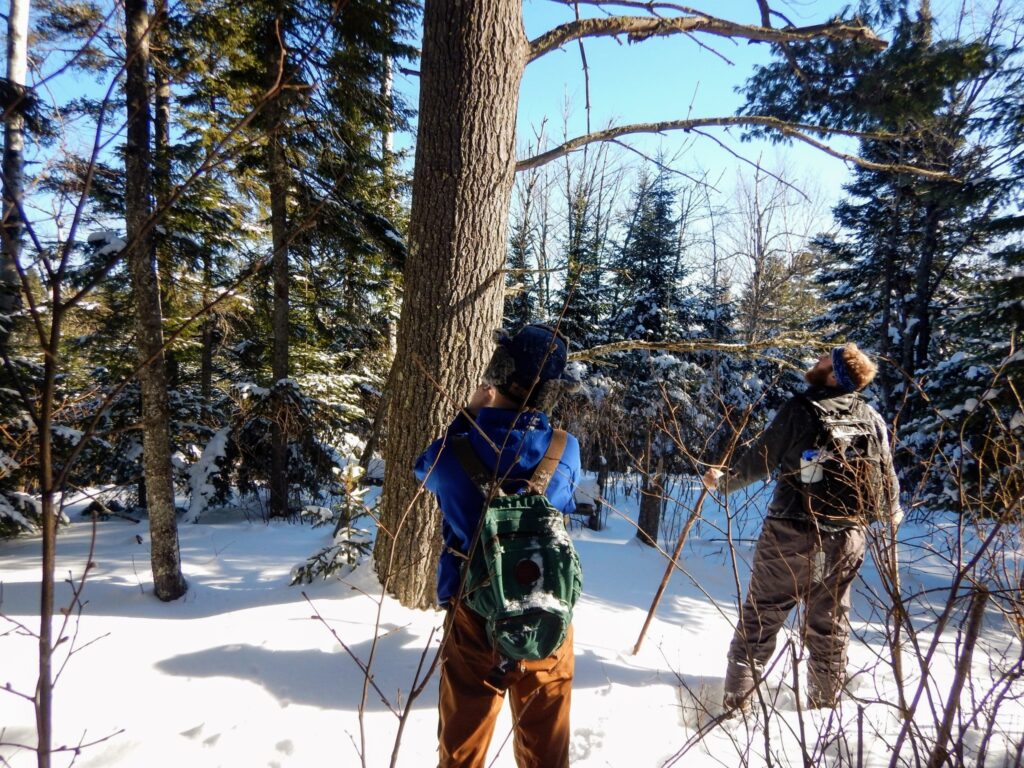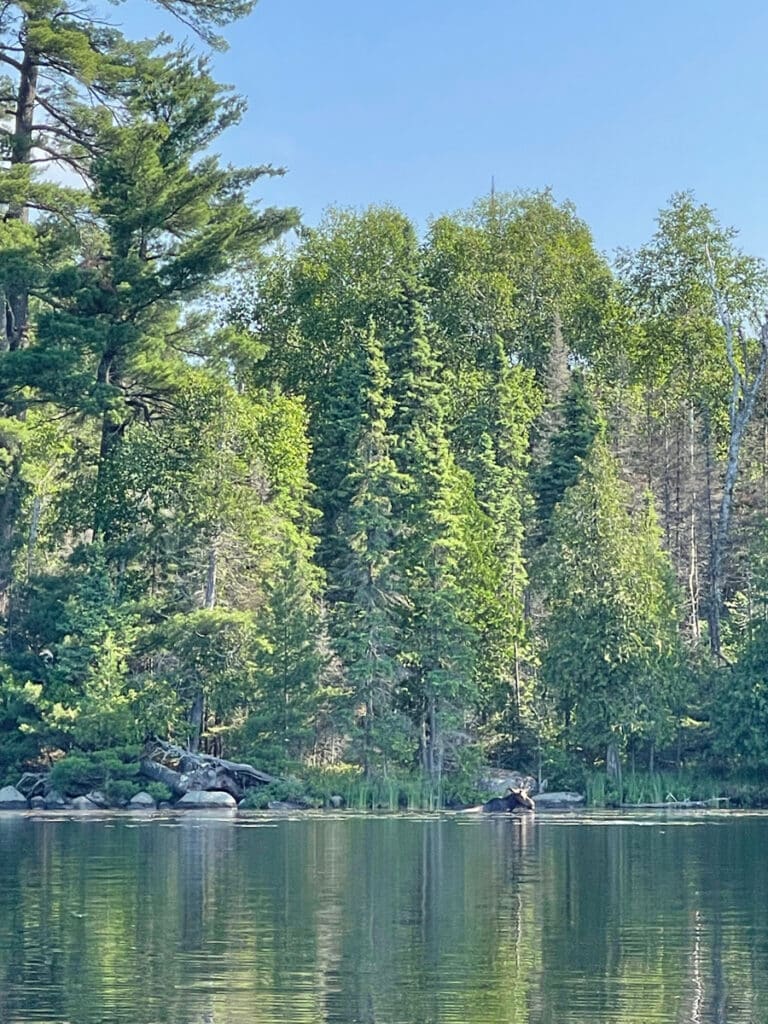
The White House has issued a new proposal to amend management plans for all National Forests in the United States, seeking to ensure mature and old-growth forests are maintained and even expanded. The announcement comes after President Joe Biden issued an executive order on Earth Day 2022 to study ways to strengthen the country’s forests. The planning will look at goals like wildfire protection, storing carbon and mitigating climate change, and promoting healthy ecosystems and wildlife habitat.
Last month, the Forest Service announced a scoping period to consider the proposal. The agency plans to use the “best available science, including Indigenous Knowledge” to develop changes to the Forest Plans that provide consistent management direction for old-growth forests.
“Old-growth forests are a vital part of our ecosystems and a special cultural resource. This proposed nationwide forest plan amendment — the first in the agency’s history — is an important step in conserving these national treasures,” said Agriculture Secretary Tom Vilsack. “Climate change is presenting new threats like historic droughts and catastrophic wildfire. This clear direction will help our old-growth forests thrive across our shared landscape.”

Superior old-growth
Northern Minnesota’s Superior National Forest has significant stands of what are considered old-growth or mature trees. According to the Superior’s most recent Forest Plan, which was updated in 2004, some existing work has been done to inventory and protection potential old-growth forest. The Forest Service estimated that 100,000 acres met criteria for “old growth,” while about 460,000 acres qualified as “old” forest. About 200,000 acres fell into a category of potential “future old growth.”
The Minnesota Department of Natural Resources has also attempted to identify old-growth forest around the state. According to its criteria, there are about 17,000 acres of old-growth forest on the Superior National Forest. Overall, it’s estimated that one percent of the old-growth forest that existed before European settlement still stands in the Great Lakes region.
The Superior National Forest Plan in 2004 pointed out problems with how old-growth is currently designated and managed.
“Many of the stands meeting existing old growth criteria, and others that have high potential for meeting these criteria in the not too distant future, would be available for timber management activities,” the document says. “Therefore, the pool of stands with old growth potential could be reduced, perhaps substantially.”
As part of the executive action, the Forest Service also issued interim management rules while it goes through the lengthy Forest Plan amendment process. Until the new plans are approved, all vegetative management activities that could affect old-growth forest must be reviewed and approved by a deputy director of the agency.
Comments on the plan can be submitted online or by mail to Director, Ecosystem Management Coordination, 20114th Street SW, Mailstop 1108, Washington, DC 20250–1124. Comments are most helpful if received by February 2, 2024.
More information:
- Biden-Harris Administration Proposes First-of-its Kind National Forest Plan Amendment to Conserve and Steward Old Growth Forests – U.S. Department of Agriculture
- Executive Order on Strengthening the Nation’s Forests, Communities, and Local Economies – The White House
- Mature and Old Growth Forests – U.S. Forest Service

